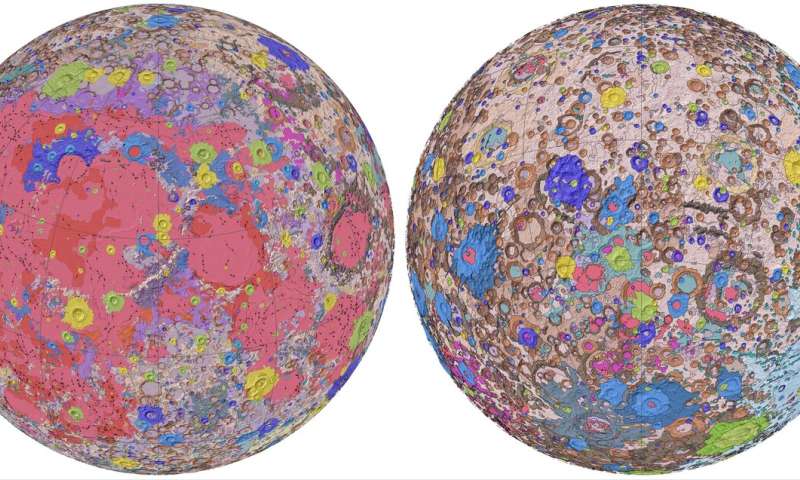- 1 reply
- 1,247 views
- Add Reply
- 1 reply
- 1,918 views
- Add Reply
- 0 replies
- 1,143 views
- Add Reply
- 0 replies
- 1,958 views
- Add Reply
- 0 replies
- 1,177 views
- Add Reply
Nasa fire data

By intertronic,


You can download the Active Fire data (Nasa sensor-sensed fires) from this site :
https://firms.modaps.eosdis.nasa.gov/active_fire/#firms-shapefile
Satellites available : MODIS (AQUA + TERRA:1km), Suomi NPP (VIIRS:375m) and also NOAA20 (VIIRS :375m)
Data : as SHP / KML or CSV as a single files
for the last 24h/48h/7d/
and here putted on a map
https://firms.modaps.eosdis.nasa.gov/map/#z:3;c:110.9,10.8;d:2020-04-24..2020-04-25
(There is a lot of sit
swisstopo (Switzerland) GIS jobs

By intertronic,
6x open positions (as of 24.04.2020)
French site (simple put "GIS" or "Swisstopo" in the search area)
https://www.stelle.admin.ch/stelle/fr/home/stellen/stellenangebot.html
German
https://www.stelle.admin.ch/stelle/de/home/stellen/stellenangebot.html
GPS circle spoofing discovered in Iran

By Lurker,


In March, the U.S. government received an unusual inquiry about GPS disruptions. It was from a user in Iran reporting what appeared to be “circle spoofing” — a phenomenon that had only previously been observed in China.
“Some of GPS devices received fake signal and show the fake valid location. Yesterday I test a device, it can get signal and give real position. After 10 minutes the device show moving around a big circle in tehran by 35 km/h speed. I can’t fix this problem by restarting the
USGS releases first-ever comprehensive geologic map of the Moon

By Lurker,


Have you ever wondered what kind of rocks make up those bright and dark splotches on the moon? Well, the USGS has just released a new authoritative map to help explain the 4.5-billion-year-old history of our nearest neighbor in space.
For the first time, the entire lunar surface has been completely mapped and uniformly classified by scientists from the USGS, in collaboration with NASA and the Lunar Planetary Institute.
The lunar map, called the "Unified Geologic Map of the Moon," will
What unit of measurement is rxwaveform from the gedi l1b dataset in?
By bwoods,
Rxwaveform is listed in GEDI's data level product L1B's data dictionary as "The corrected receive (RX) waveforms. Use rx_sample_count and rx_sample_start_index to identify the location of each waveform. " This can also be seen in the attached image. I understand that waveforms are typically measured by amplitude as a function of time(or height), but are the values listed in rxwaveforms amplitudes? It doesn't explicitly say amplitude in the data dictionary, and what unit of measurement is amplitu
-
Forum Statistics
8.8k
Total Topics43.5k
Total Posts



